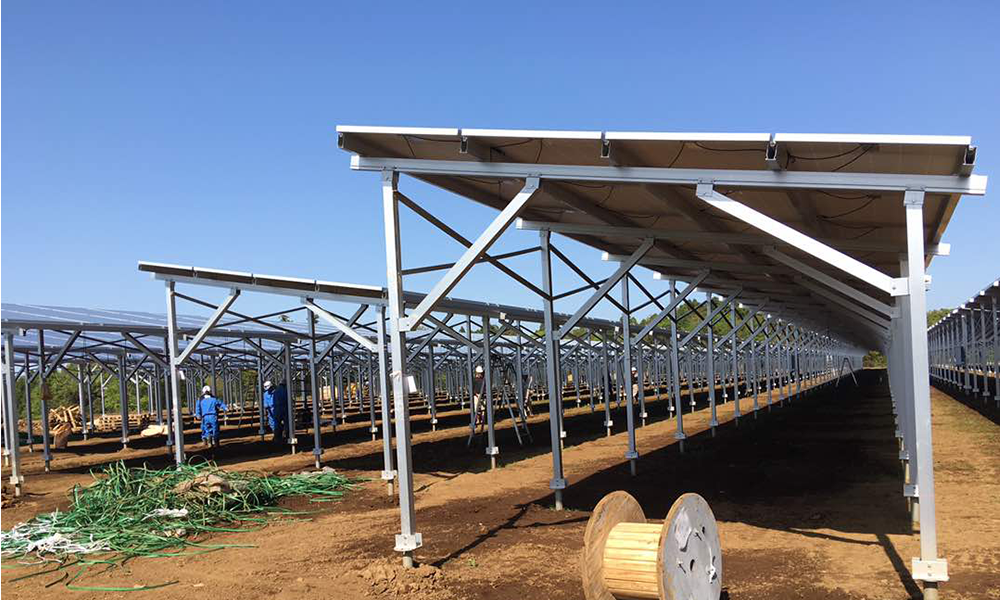Why are solar racking or mounting systems crucial? They must support the solar system for over 25 years, endure wind, snow, heat, and cold. Selecting the appropriate solar mounting system is vital in your solar design process.
Solar racking components
Not all racking systems are the same. However, there are several components common to most ground solar racking solutions:

1. Pole
The pole is used in the pole-mounted system.A pole mount system will use one or multiple poles to raise your panels off of the ground. This will allow you to leave open space on the ground if you do not have enough space for a ground-mount system and also allow you achieve the best possible orientation and angle.

2. Rails
rails are the component of solar racking that your solar panels sit directly on top of. They are often long aluminum tracks that are installed either vertically or horizontally on your system.

3. Clamps
In order to keep solar panels secured in place on racking, installers use clamps, which link solar modules to the rails below. Installers will often use both mid-clamps and end-clamps on an installation. Mid-clamps sit between solar modules and can hold panels in place on two sides, while end-clamps sit at the ends of solar arrays.

4. Ground screws
Ground screws are the ideal foundation for rocky, hard pan, and caliche soils. It is available with standard depths of 40, 61, 73 and 85 inches to accommodate different soil requirements.

The Solar mounting system is what physically connects the solar panels to the existing roof, carport or ground, etc. It is an integral part of every solar system, as not only is the system designed to stay for a minimum of 25 years, it will also be subjected to major environmental stresses including wind, hail and heat waves during this time. So it’s necessary to consider the system performances in many ways, including the durability, corrosion resistance, economic benefits, installation convenience, and material, etc.
